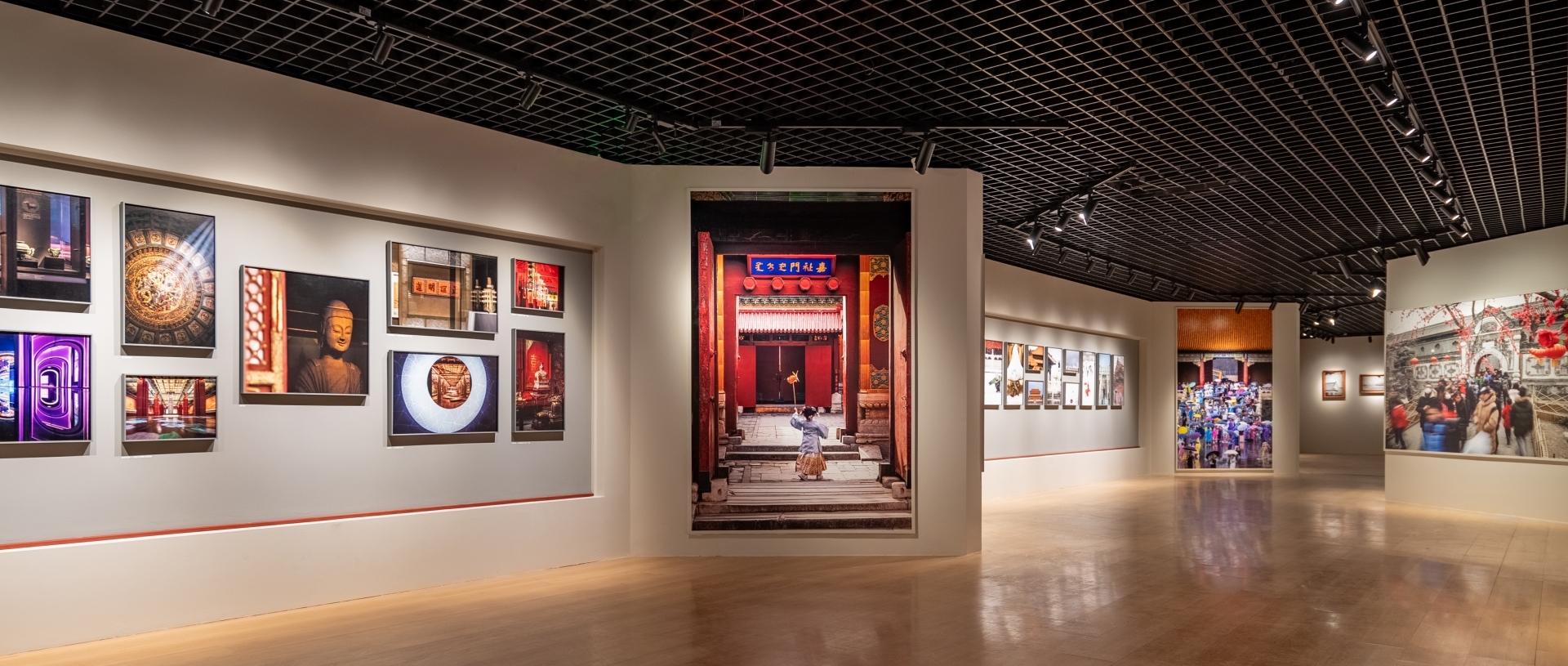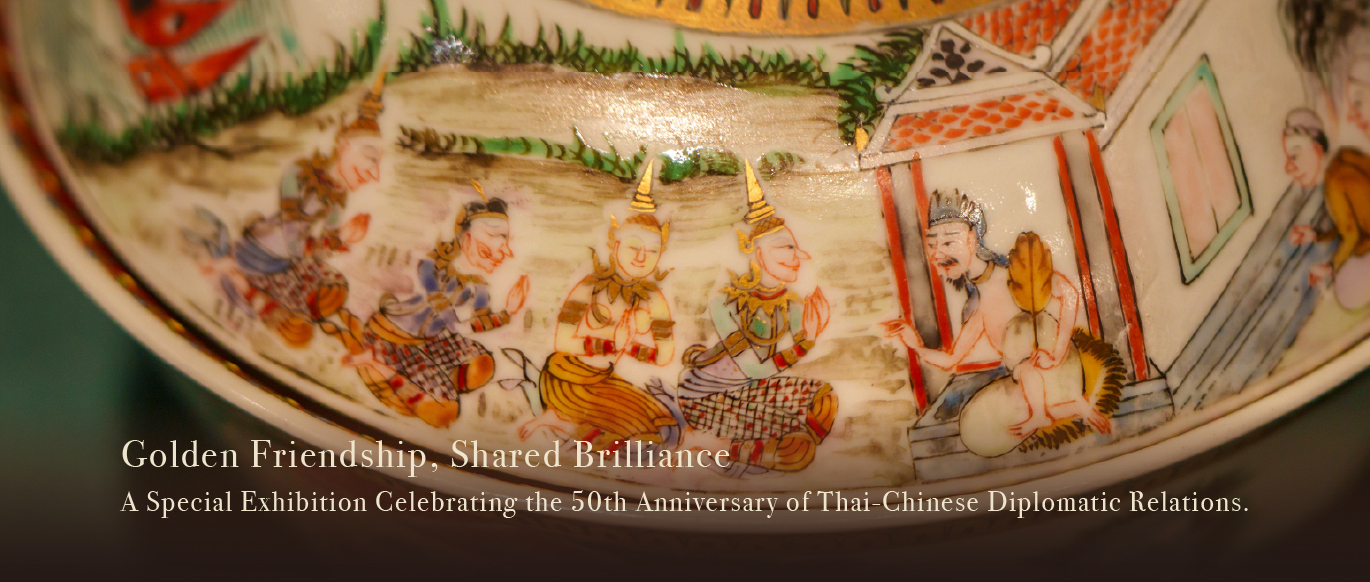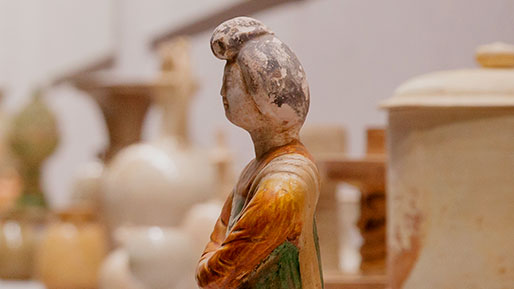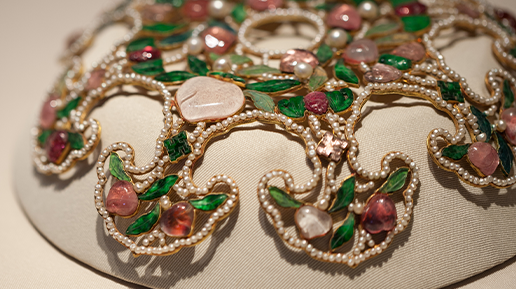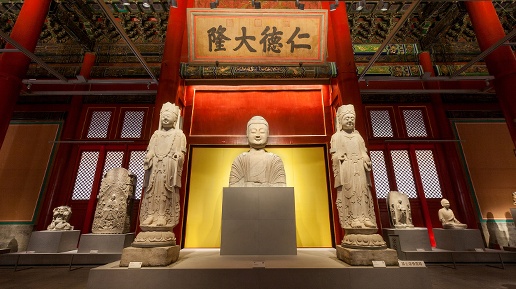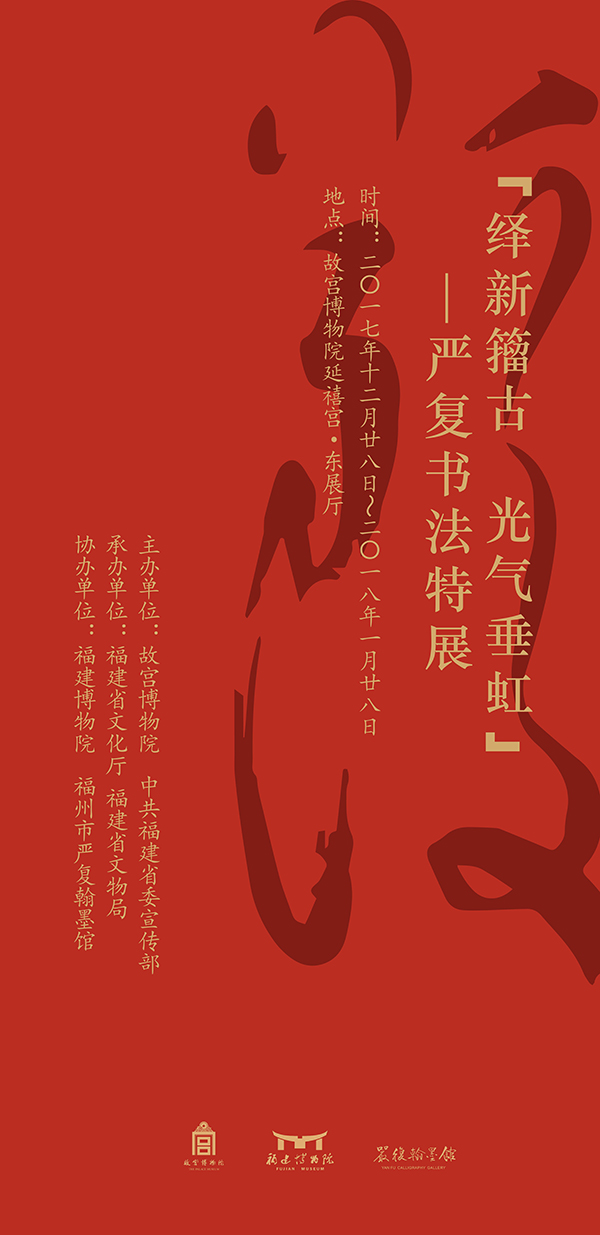
The exhibition features over one hundred precious pieces of works by Yan Fu, including copies of model calligraphy, letters, annotations, couplets, inscriptions for friends and acquaintances, as well as his works as translator, demonstrating his attainment in the art of calligraphy rarely known to the public. By walking the visitors through his artistic attainments, the exhibition explores and highlights the precious intellectual legacies left by Yan Fu in an effort to carry on the quintessence of traditional Chinese culture his works illustrate.
Yan Fu (1854-1921) was an outstanding enlightenment thinker in modern history, scholar accomplished in both traditional Chinese learning and modern ideas. In those tumultuous years in late nineteenth and early twentieth century China, Yan appealed to the public for national salvation. With extraordinary vision and courage, he systematically introduced Western sociology, politics, economy, philosophy, and natural sciences into China, awakening a generation of progressive scholars to the reality, and posing substantial influences on the progress of Chinese history. It was him who first promoted the tripartite formula of faithfulness, comprehensibility, and elegance (xin, da, ya, respectively) as the fundamental principles for translation. He translated English biologist Thomas Huxley's Evolution and Ethics, in an effort to promote natural selection as the ideological basis for national salvation. He also introduced Western curricula and methodology in order to actively promote educational reform and quality-oriented, all-round education. He emphasized the importance of encourage people, cultivating their intelligence and virtue through education. He was also the first president of Peking University, and was one of the founders of Fudan Public School and concurrently its president. He was also appointed Senior Supervisor to Beiyang Naval Academy and cultivated numerous talents.
Rarely known was Yan Fu's accomplishments in the art of calligraphy. Blending the styles of calligraphy masters from the Jin (265-420) to the Ming (1368-1644) dynasties, he drew inspiration from Wang Xizhi (303-361), Wang Xianzhi (344-386), Yan Zhenqing (709-785), and Su Shi (1037-1101) in regular, running, and cursive scripts, featuring vigorously executed characters with delightful elegance and masterly ease, demonstrating the calligrapher's scholarly virtue and his philosophy in extracting essence from traditions while bringing forth changes and transformations.



